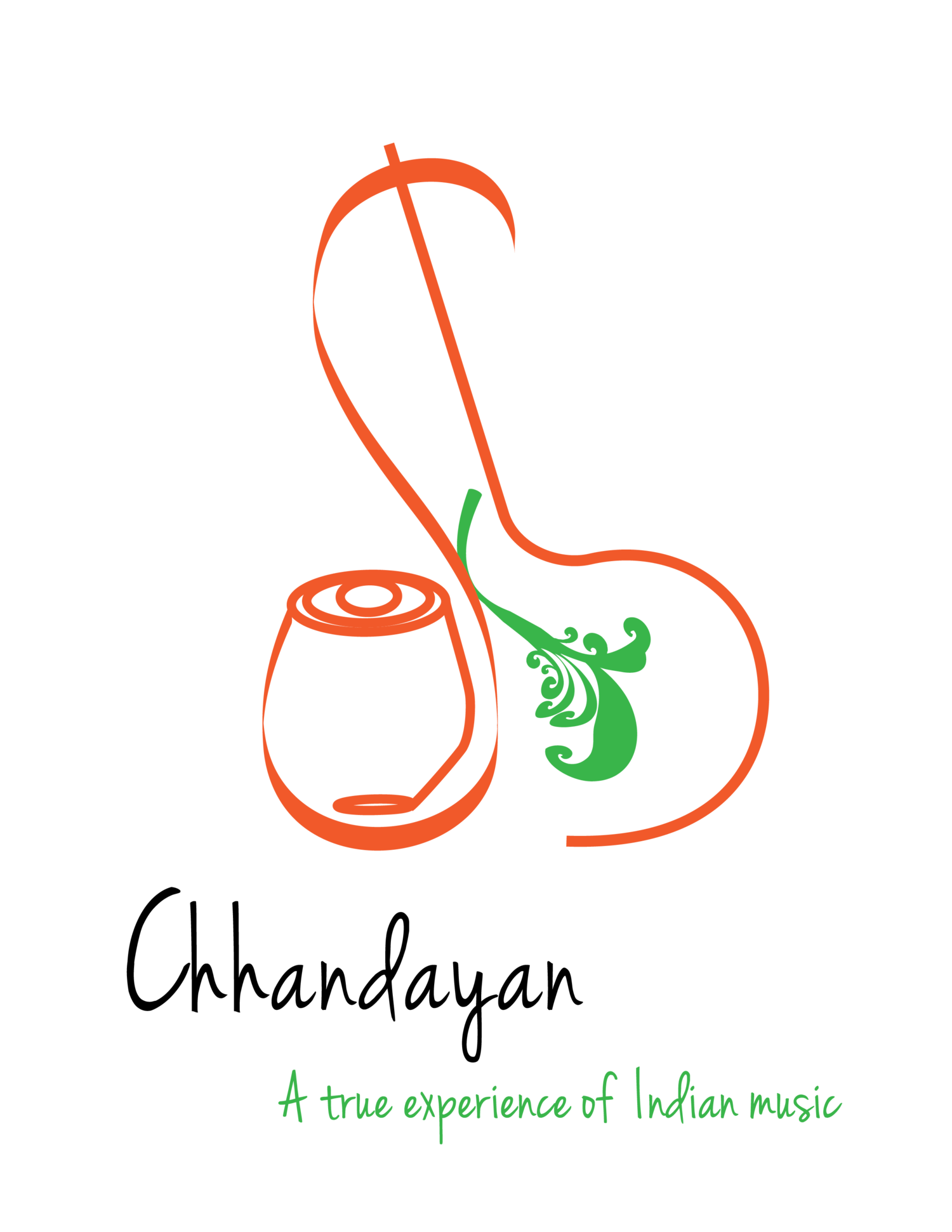World Percussion Ensemble
Chhandayan World Percussion Ensemble (CWPE) showcases a variety of percussion instruments from different parts of the world. Instruments are chosen from India, the Middle East, Africa, South and North America in consideration to the variety and richness of their traditions. The highlight of the featured pieces are their thematic content, tonal and contextual relevence. All of the pieces are developed on powerful and exciting rhythms that reflect complex rhythmic and melodic orchestrations.
The group comprises some of the most dexterous and sensitive drummers on the instruments. In this proposal, we include detailed bios of all the participants in the WPE. We have further outlined the specifics of each instrument being played in this ensemble. A brief history of the instrument is given, how it is made, what are the characteristic tonal qualities of the instrument, and what, if any, is the contemporary significance of the percussion instruments played in the WPE. In this ensemble, composed and directed by Pandit Samir Chatterjee, there has been a compilation of a beautiful array of percussion instruments, which combine to produce the most joyous music one can rarely experience. The range and scope of this music extends from the vibrant drumming that one hears in the festas in Brazil and tambors in Cuba, where people gather to hear drumming in the religious ritualistic expression of the Orisha religion (from the Yoruba nation of West Nigeria), to the melodious devotional rhythms of the bauls or syncretists of Bengal in India and Bangladesh.
WPE tries to capture the spirit of fusion in world music where particular musical traditions seek no geographical boundaries and limitations. It is free to move beyond horizons, to be incorporated in other cultures. In the end, what evolves is a blending of the original with the adopting culture. For example, music that was once specific to a tribe in Africa has been traveling with people all over the world and gets incorporated in a religious festival in Brazil or Cuba and is till date performed there. Such is the nature of hybridity. The Arabic music/rhythm tradition begins in the caravan song — the vocal music of the nomad. Often a simple percussion instrument (for instance a stick) was used to beat out accents. As the nomadic life was exchanged for urban life new instruments were developed and the notion of a larger repeating rhythmic cycle emerged.
As the cultural empire of the Arabs expanded, matured and moved through the greater Middle East and through North Africa into modern Spain, it brought an academic attitude toward music. Local traditions were integrated and new forms and instruments developed. The music traditions of North Africa are still today heavily influenced by Arabic Empire roots rather than by the rest of mainland Africa. Modern Middle Eastern music is a fusion of local folk traditions, the remains of ancient classical forms, and aspects of western popular and sometimes classical music.
Keeping the hybrid trend in mind, Samir Chatterjee creates a fusion of sounds with different percussion instruments. Each instrument produces a sound that mingles with other instruments and evolves into a unified sound. The rhythms move from the microcosm to the macrocosmic expression of music. The ensemble effect helps to culminate in one unique sound that speaks of droplets of music from all over the world.
Instrumentation
Tabla, Shri Khol, Ektara, Dholak, Dhak, Gub Gubi, Dumbeck, Darabuka, Bodhran, Bendir, Tar, Riq, Drumset, Bata, Conga, Djembe, Bongo, Udu, Cajon, Berimbau, Cwica, Pandeiro, Jingle, Chequere, Shaker, etc.
Ensemble
Samir Chatterjee : Tabla, Shri Khol, Ektara, Gub Gubi, Dhak, Dholak
Frank Colon : Conga, Bata, Cwica, Pandeiro, Berimbau, Chequere
Emiliano A. Valerio : Conga, Udu, Cajon, Bata etc.
Daniel Weiss : Drumset, Bauron etc.
Donald Eaton : Bata, Djembe, Bongo etc.
Yousif Sheronick : Tar, Riq, Darabuka, Bendir, Bodhran, Dumbek etc.
Mario Monaco
Chhandayan World Percussion Ensemble is an excellent group of highly professional musicians. They all put in their very best to make this ensemble a unique, fulfilling, and enriching musical experience for every listener. There has been a lot of research done on this project to bring together the finest music of the world, music that produces joy and happiness, that is therapeutic and recreational at the same time.
Please be with us in spreading the joy of music all around us.

